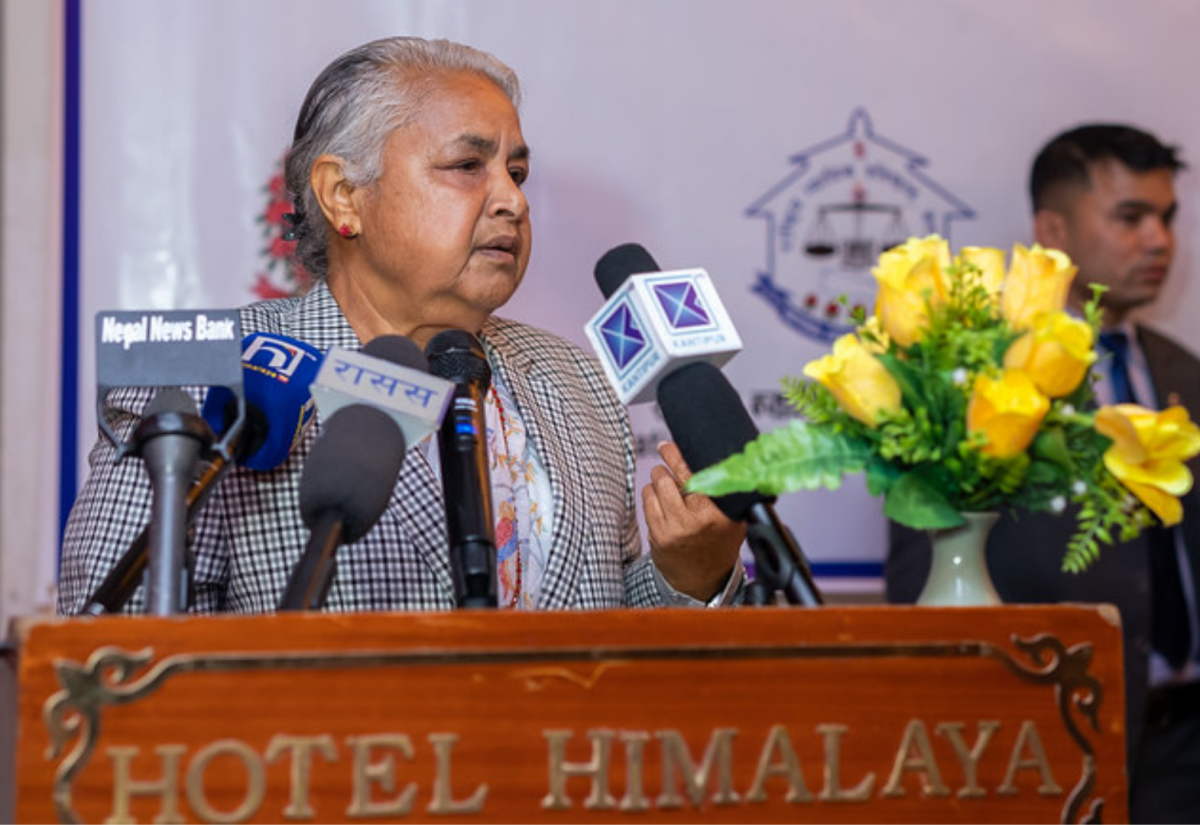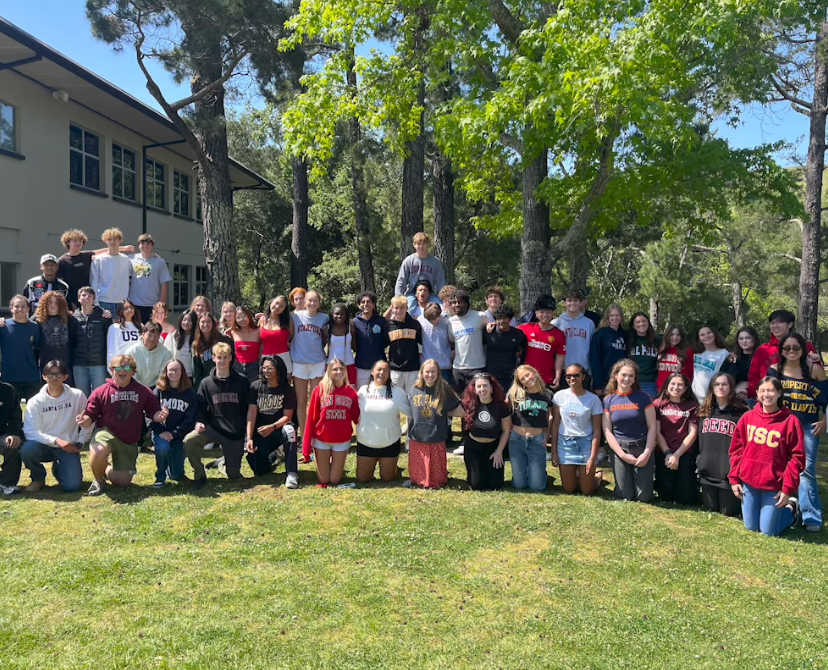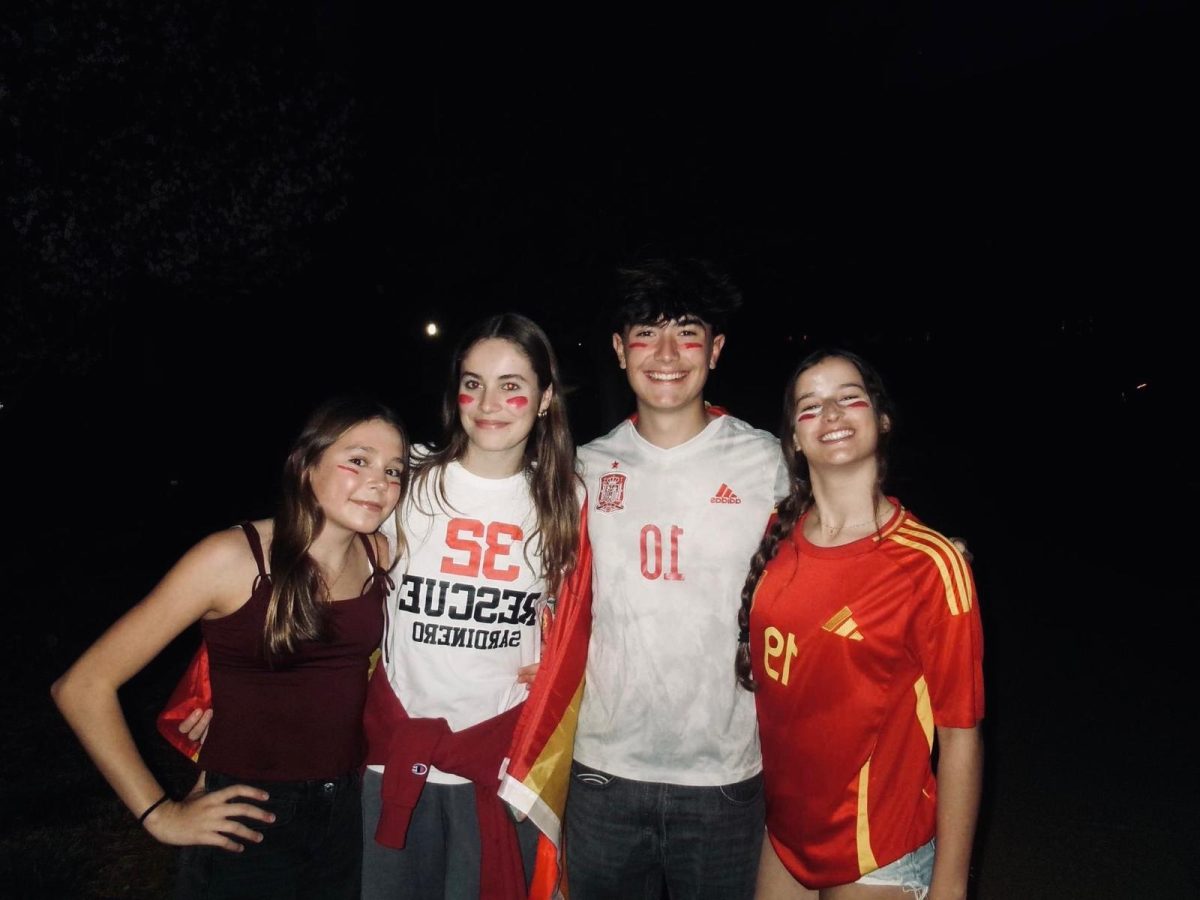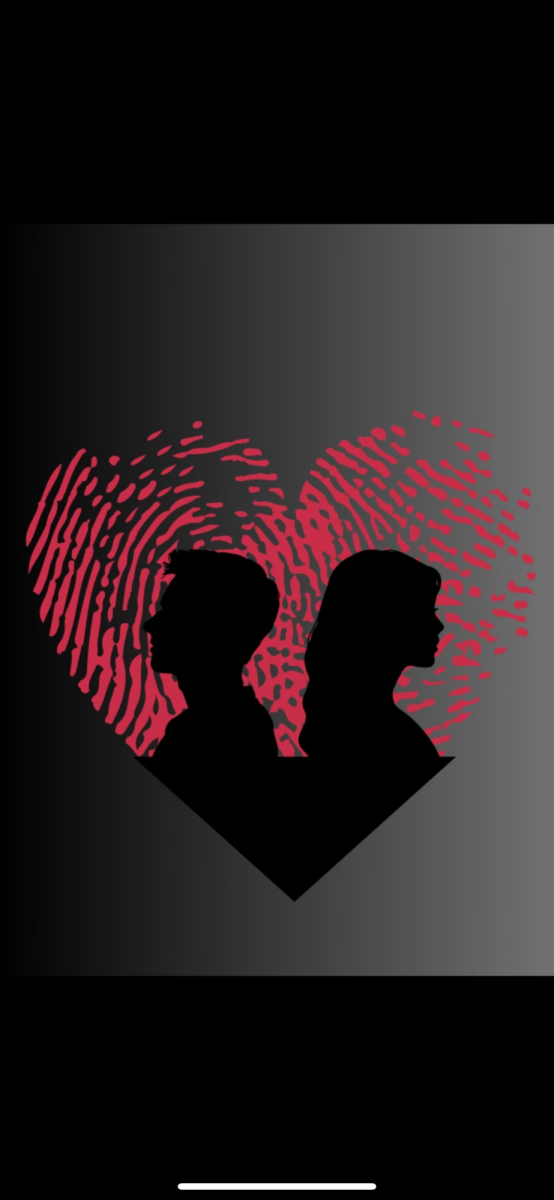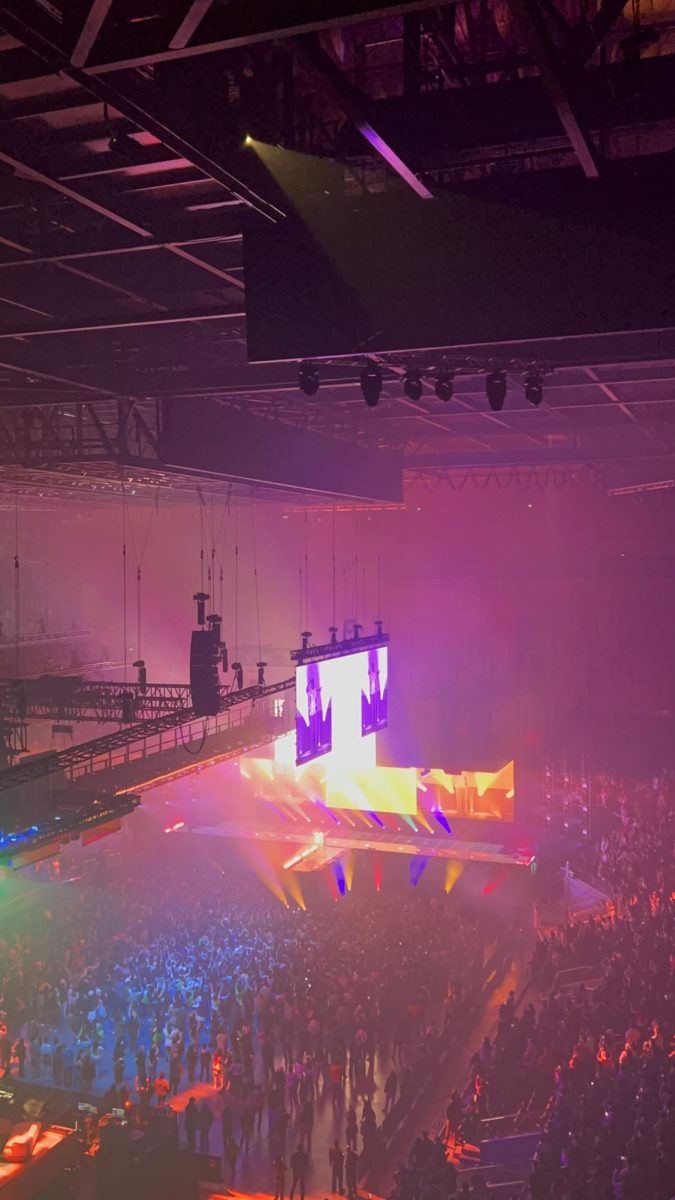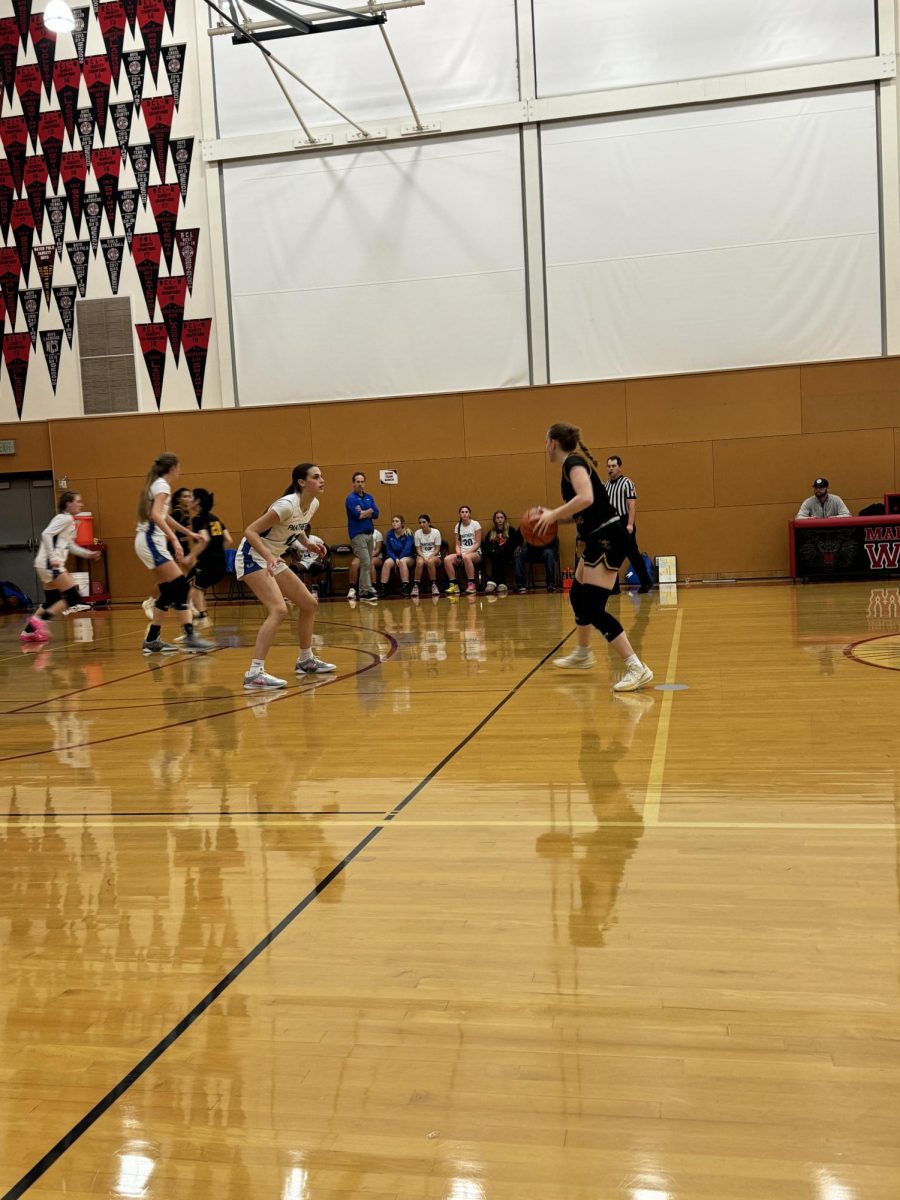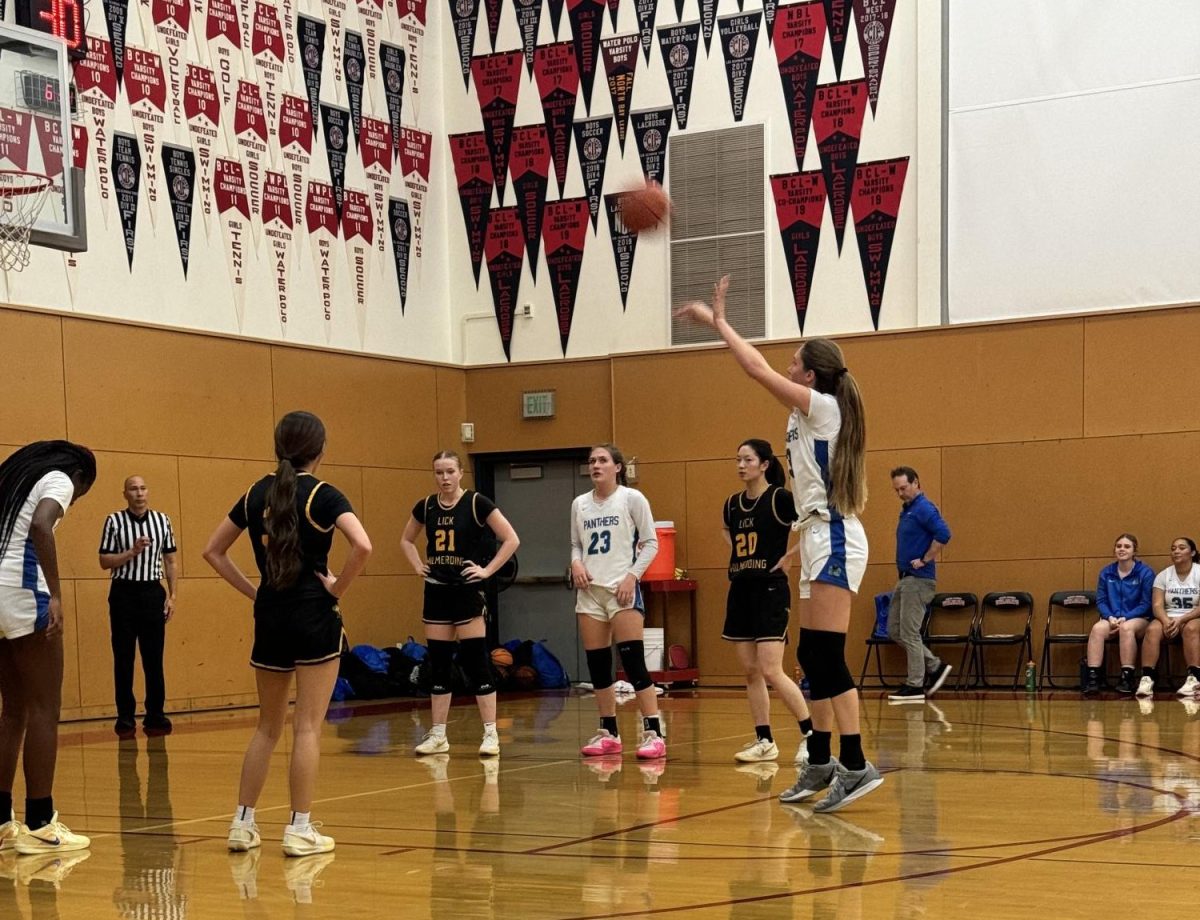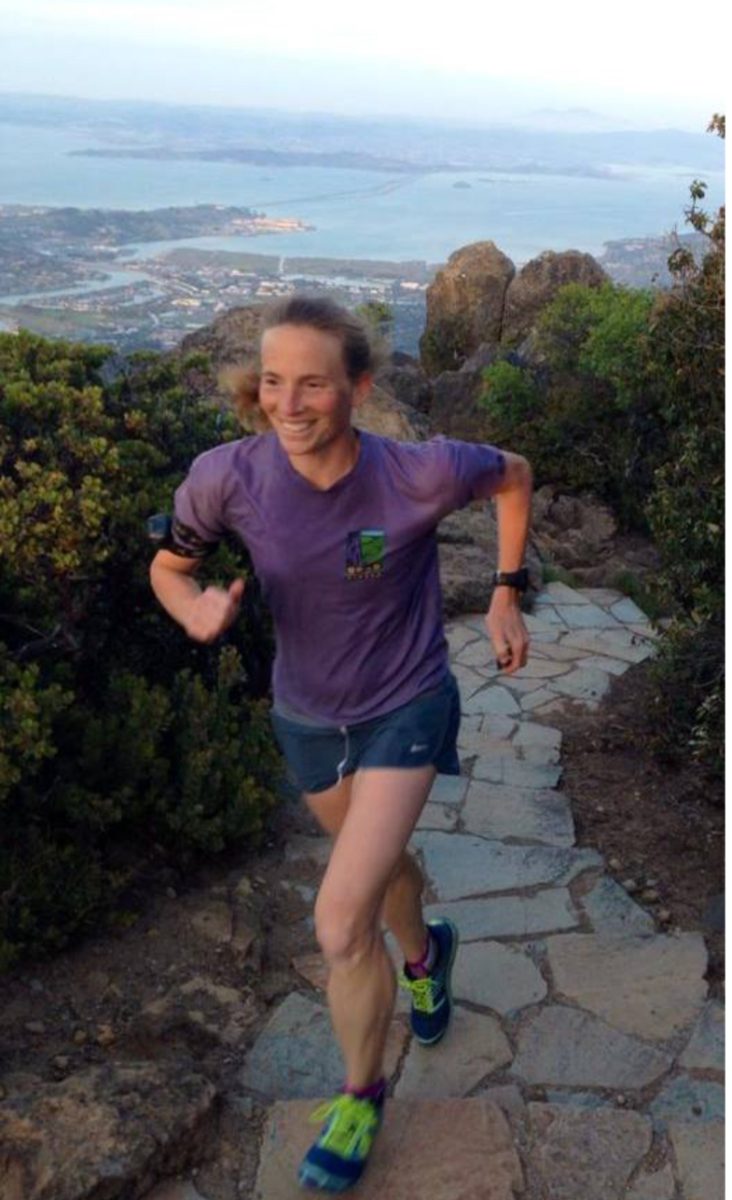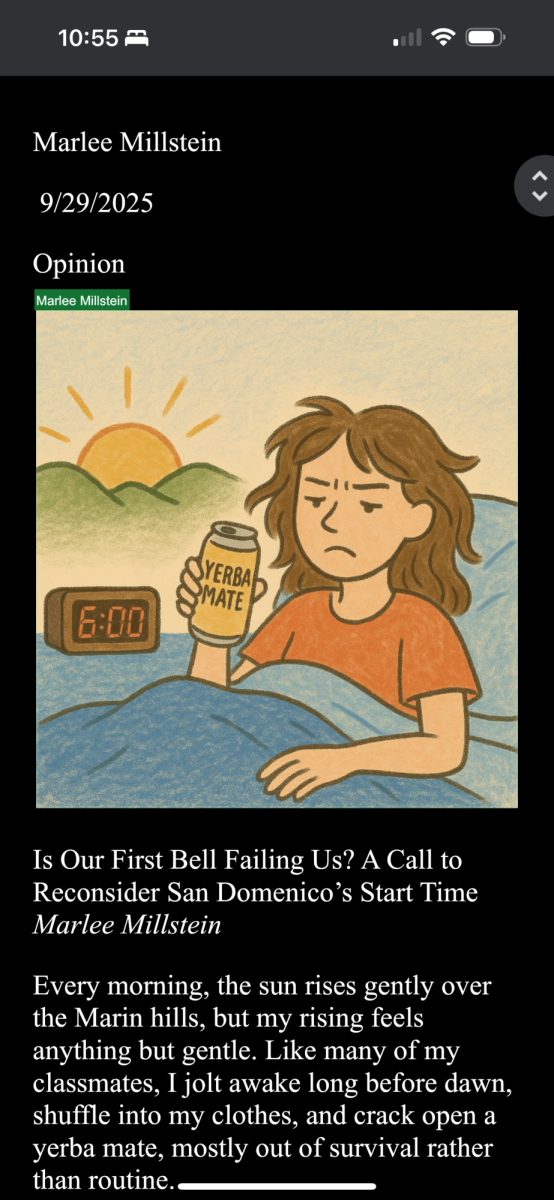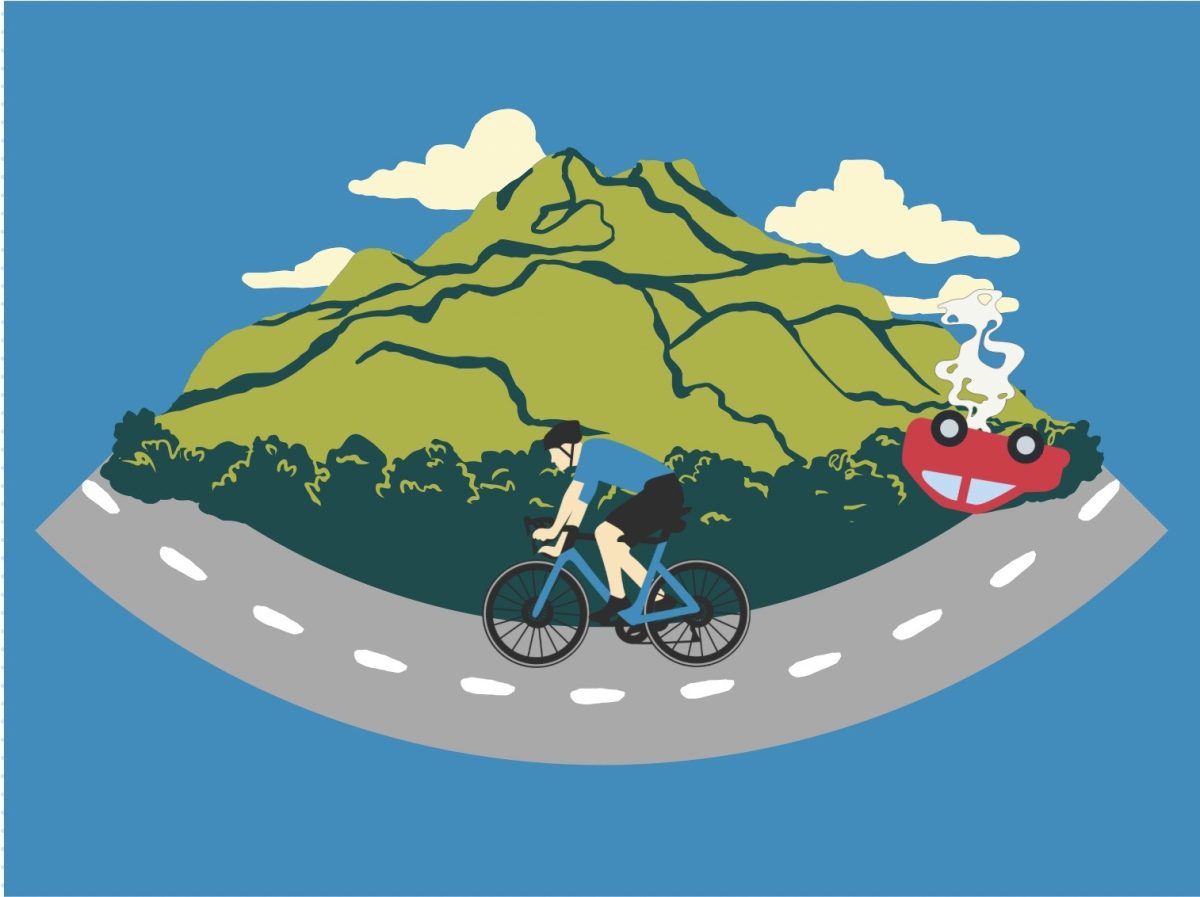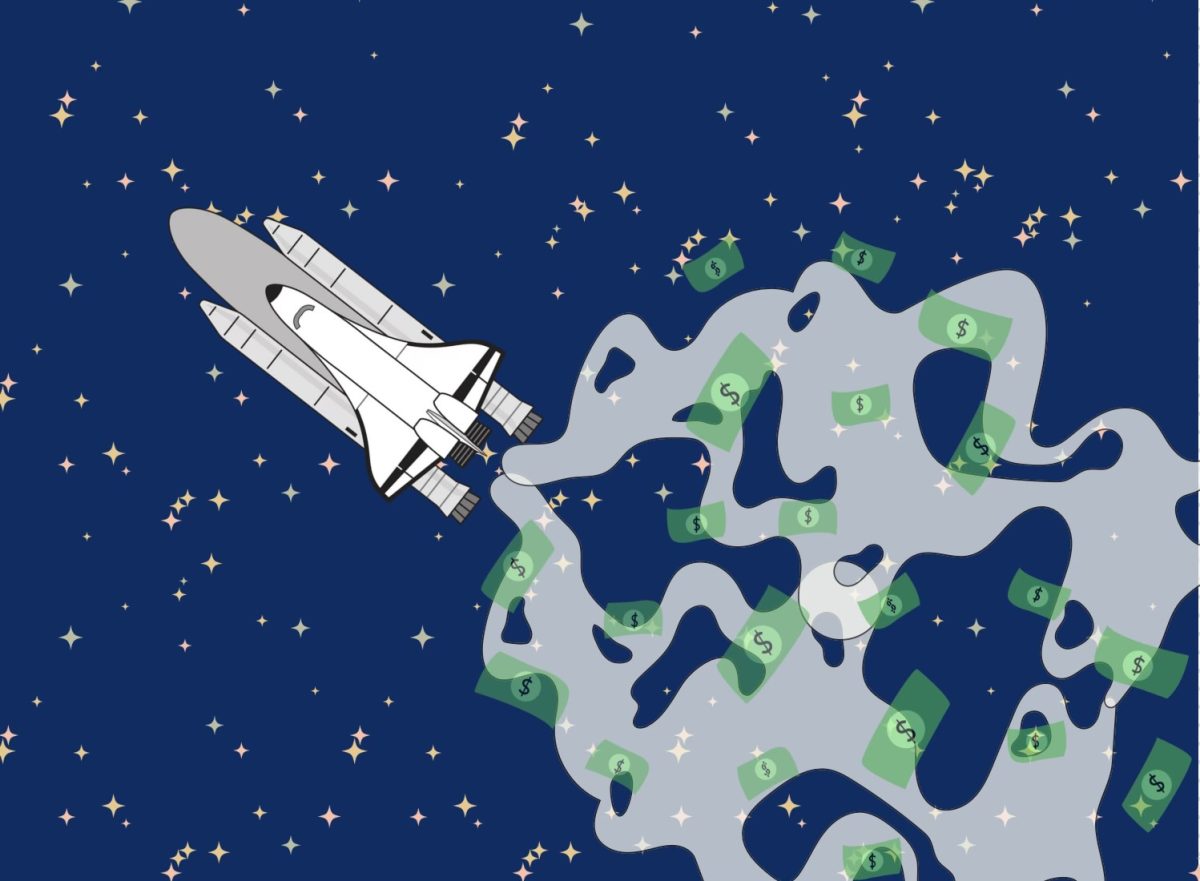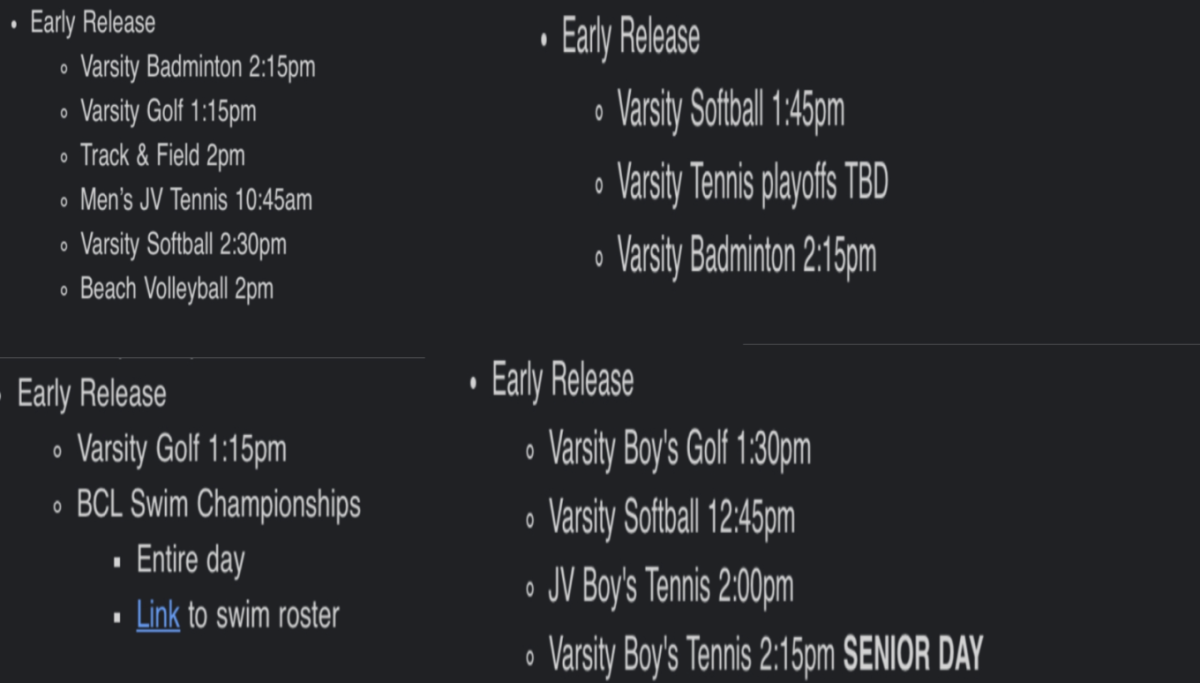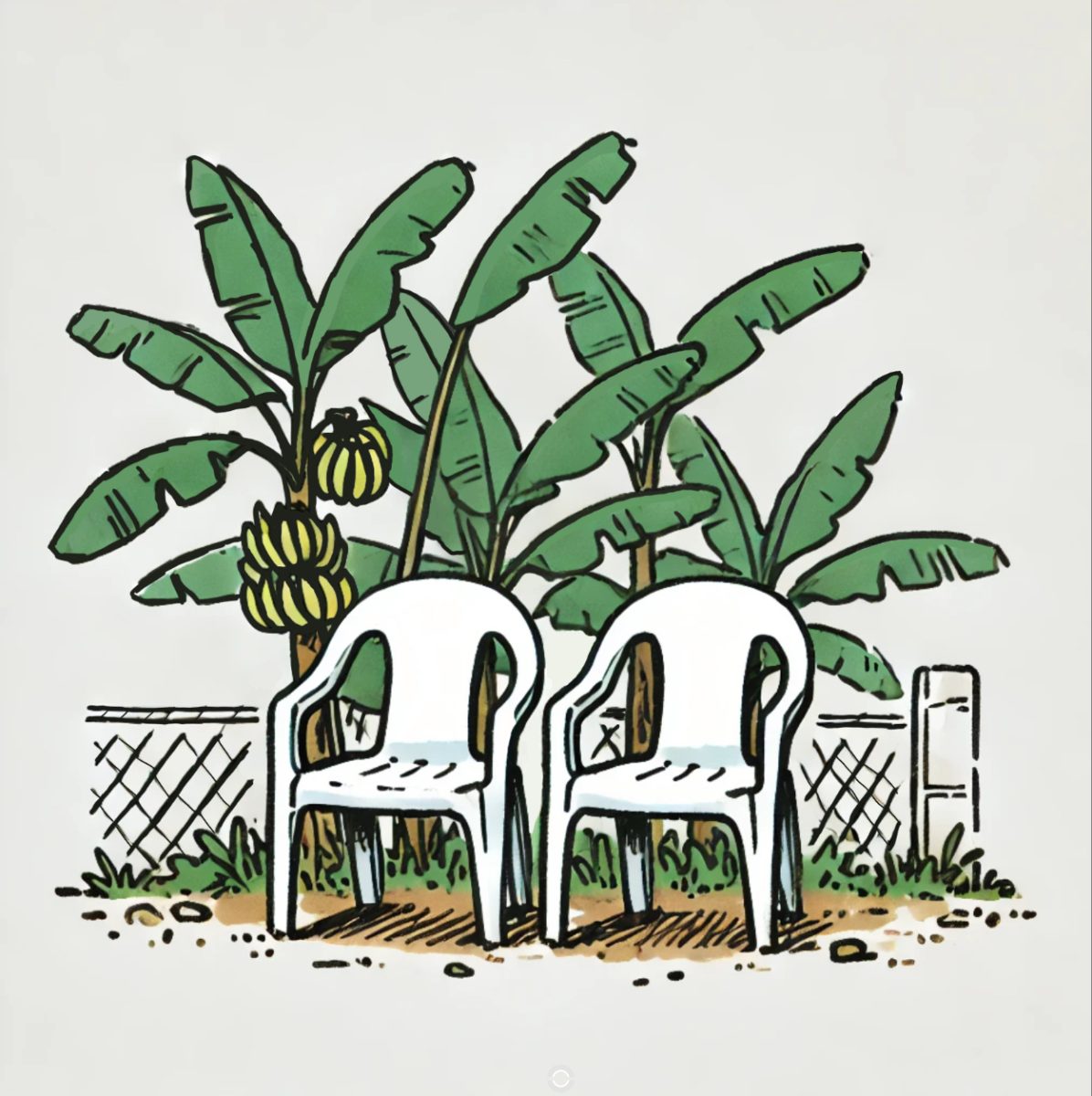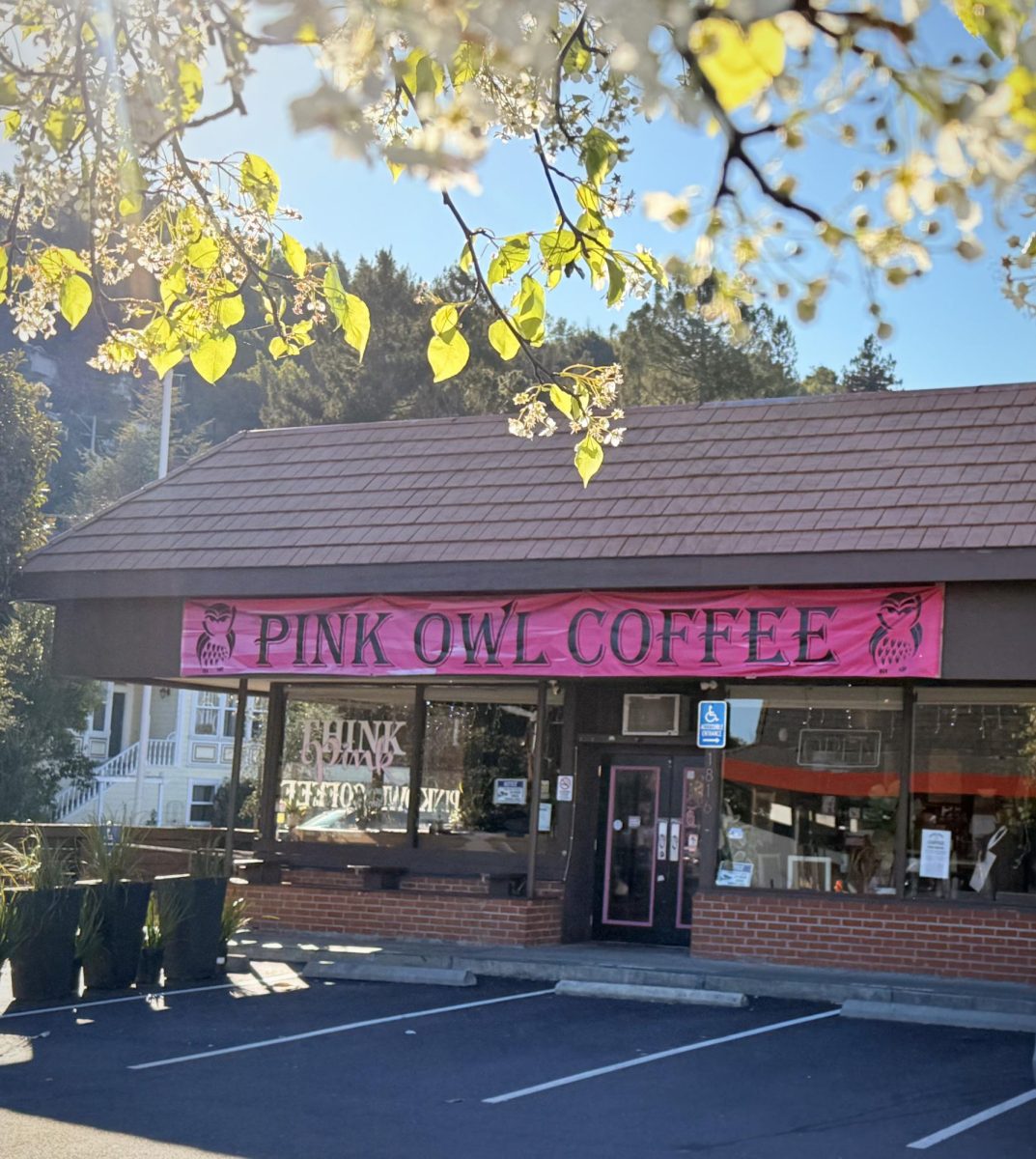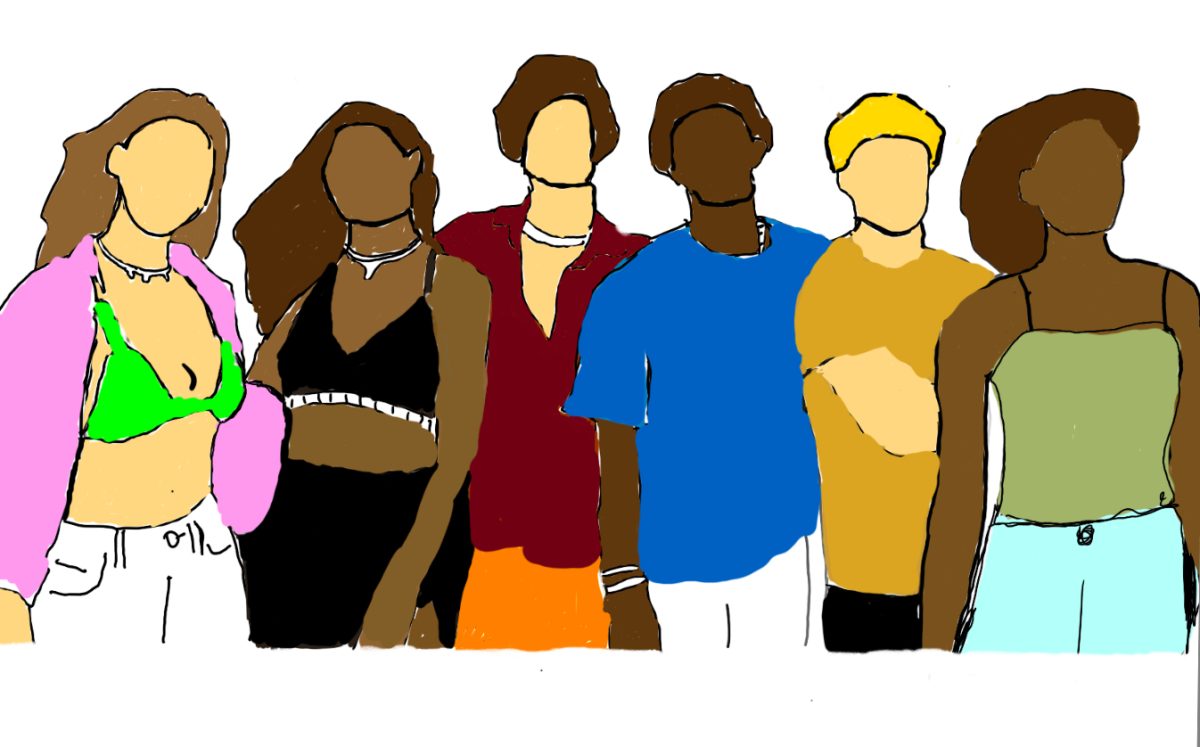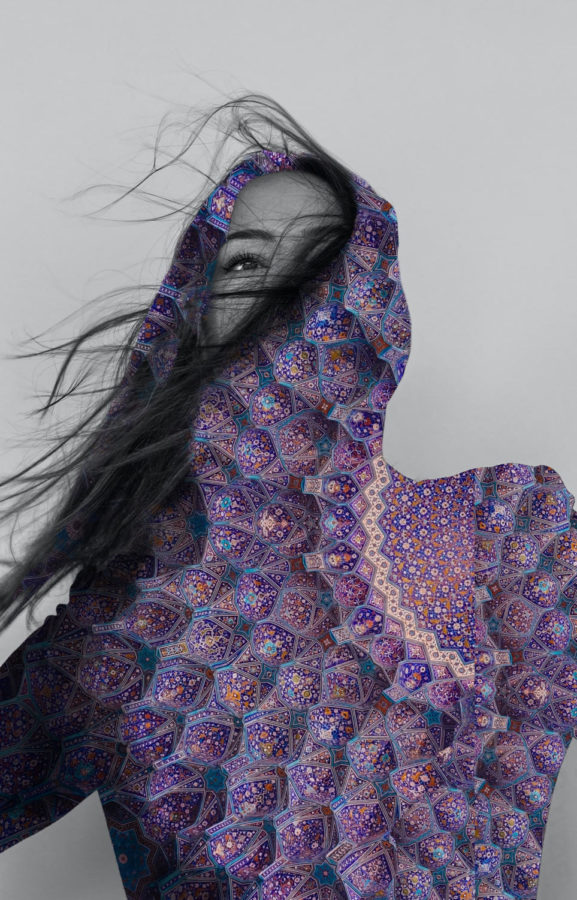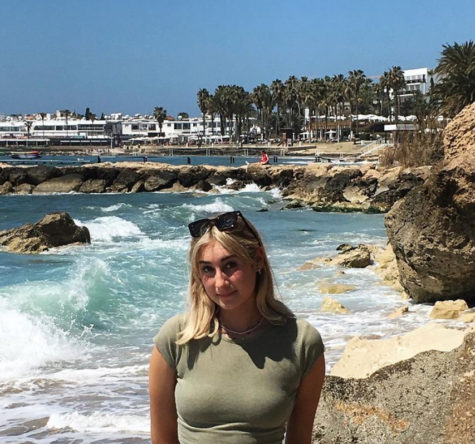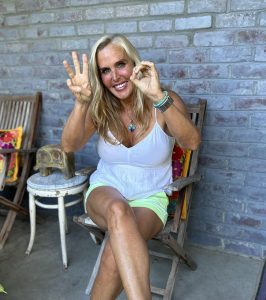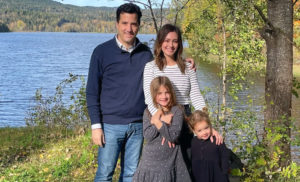Iranian courage, commitment and sacrifice in the face of brutal repression
Laila Rezai’s art piece created in support of people of Iran
February 6, 2023
Brutal. Violent. Abusive. These three words perfectly describe the actions of the Iranian government, and the actions they have been taking against the demonstrators in an attempt to stop protests on the streets of Iran. Ironically, the brutal repression that was supposed to spread fear and obedience, empowered the young people to fight for freedom.
Since September 16, 2022, the world has been observing brave Iranians protesting to overthrow Iran’s brutal dictatorship. The protests started after the death of Mahsa Amini—killed by the Islamic Republic’s morality police for violating compulsory hijab law. The forbidden act became a symbol of fighting for freedom.
Since that time, people of Iran have been distinguished by their exceptional courage. They’ve been calling for justice, dignity and political change, putting themselves at risk of brutal repression. Torture, massive arrests, shootings and rape are only a few methods used by the inhumane regime authorities who seem to be careless about the lives of their citizens.
“They’re shooting blindly at everyone who’s not one of them,” a surgeon from Tehran said in an interview for The Guardian.
The surgeon has taken care of numerous patients hurt during the demonstrations, including multiple cases of people shot in their faces such as a heavily wounded 25-year-old man.
“Pellets have hit his eyes, head and face. He is almost blinded in both eyes and he can only detect light and brightness with them,” he said.
According to the Iran International Newsroom, Iran has arrested an estimate of 20,000 protesters and killed 525. The US-based Human Rights Activists News Agency notes that Iran has seen an 88% rise in executions and an 8% rise in death sentences in 2022 compared to 2021.
Even though the regime has killed hundreds of peaceful protesters—including children and young women—none of the killings have stopped Iranians from fighting for their rights and freedom.
Every day, they demonstrate admirable resilience . Fearless Iranian women kneeled in front of the armed military officers with their hands up demonstrating that they’re ready to sacrifice their lives for freedom.
In a recent New Yorker article, Robin Wright emphasized the importance of a role that women play in the demonstrations. “Iran’s protests may well be the first time in history that women have been both the spark and engine for an attempted counter-revolution,” Wright said.
Another example of heroism is represented by multiple women showing up on the streets of Iranian cities, symbolically waving their hijabs, not scared to violate the Iranian hijab law. One of them, a 16-year-old Nika Shahkarami, paid for that with the highest price—her life.
The current Iranian situation is reminiscent of the revolution in 1979. The people of Iran during the revolution in 1979, protested against the dictatorship of Shah, who tried to modernize the country. Even though the motives of resentment against the government were different, the revolutions have a lot in common.
“They are similar in a sense [that there is] a lot of resentment against current brutal governments,” Matt Bristley, International Relations teacher at San Domenico, said.
He described the actions of Iranian Brutality Police in late 70s as absolutely cruel, bringing up Black Friday —a massacre of 100 people that happened 1978 in Teheran.
“Even the massacre didn’t put down the protests. It made them even stronger, which is a key similarity to what we see now in Iran,” Bristley added.
Laila Rezai, an artist born in Iran, knows from first-hand experience how oppressive the Iranian regime can be. The revolution in 1979 fragmented the structure of her life as much as the current situation does to millions of people.
“It’s heartbreaking that anybody anywhere in the world would have to give up their life for freedom,” Rezai said.
“I’m so proud of those young people and the courage they possess,” she commented. “They [young protesters] really said, ‘If there’s nothing to live for, let’s go for all of it. Let’s go for freedom.’” Rezai pointed out that unlike the revolution of 1979, the current counter-revolution has been spear-headed by women.
Rezai and her family moved from Iran at the very beginning of the revolution in 1979 when she was only 4 years old.
“We’ve lived a relatively good life in Iran before that incident and then everything changed,” Rezai said. “One day you’re going to school, you have your family, life, house and then the next day you get on a plane and everything changes.”
Rezai and her family immigrated to Europe and eventually started a new life in the U.S., losing everything they had in Iran: family, language, community and culture. She emphasized that the revolution impacted Iranians who stayed in Iran as well as those who decided to emigrate from their home country, sharing the same struggle of finding a place to call home in a drastically changing world.
“Now you feel like you don’t really belong in that world [Iran], you don’t really belong here, so where do you belong? And you spend the rest of your life trying to figure that out,” she said.
Today, Rezai, who is strongly engaged in the situation in Iran, uses her voice to continue to tell the story of Iranians. She uses her talents by sharing her meaningful art pieces in support of people, especially women, of Iran. She emphasizes that protests in Iran are one of the most important ongoing stories that deserves to be given much more attention.
“When we study history and we know the idea of people who had given their lives for us, it’s an idea. Now we’re seeing this happening in real time,” Rezai said.

